Undergraduate uni work from 2018-2022
Empowering Transport workers post-pandemic
COVID-19 has profoundly impacted lives worldwide, causing economic crises and varying degrees of mental health challenges. Essential workers, especially those reliant on public transportation, have faced significant hurdles to make ends meet after lockdowns grounded many vehicles. While employees received stipends, independent transport owners like taxi and rickshaw drivers struggled without income.
Inspired by my father's stamp collection hobby, I decided to create stamps as a way to memorialise this historic and chaotic period. Drawing inspiration from Shepard Fairey's mural "Make Art Not War," I opted for a minimalist approach with bold, straightforward illustrations.
Inspired by my father's stamp collection hobby, I decided to create stamps as a way to memorialise this historic and chaotic period. Drawing inspiration from Shepard Fairey's mural "Make Art Not War," I opted for a minimalist approach with bold, straightforward illustrations.
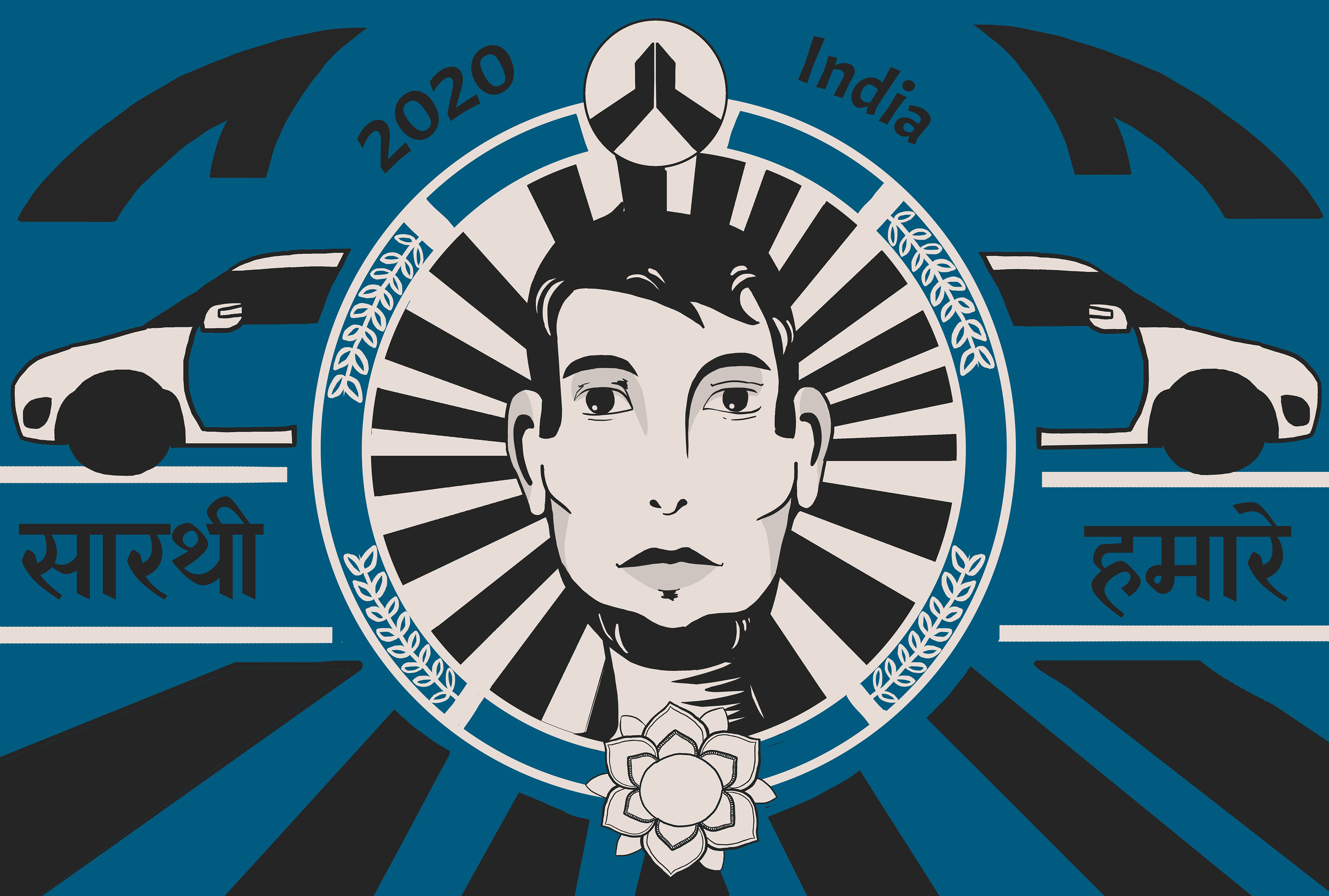
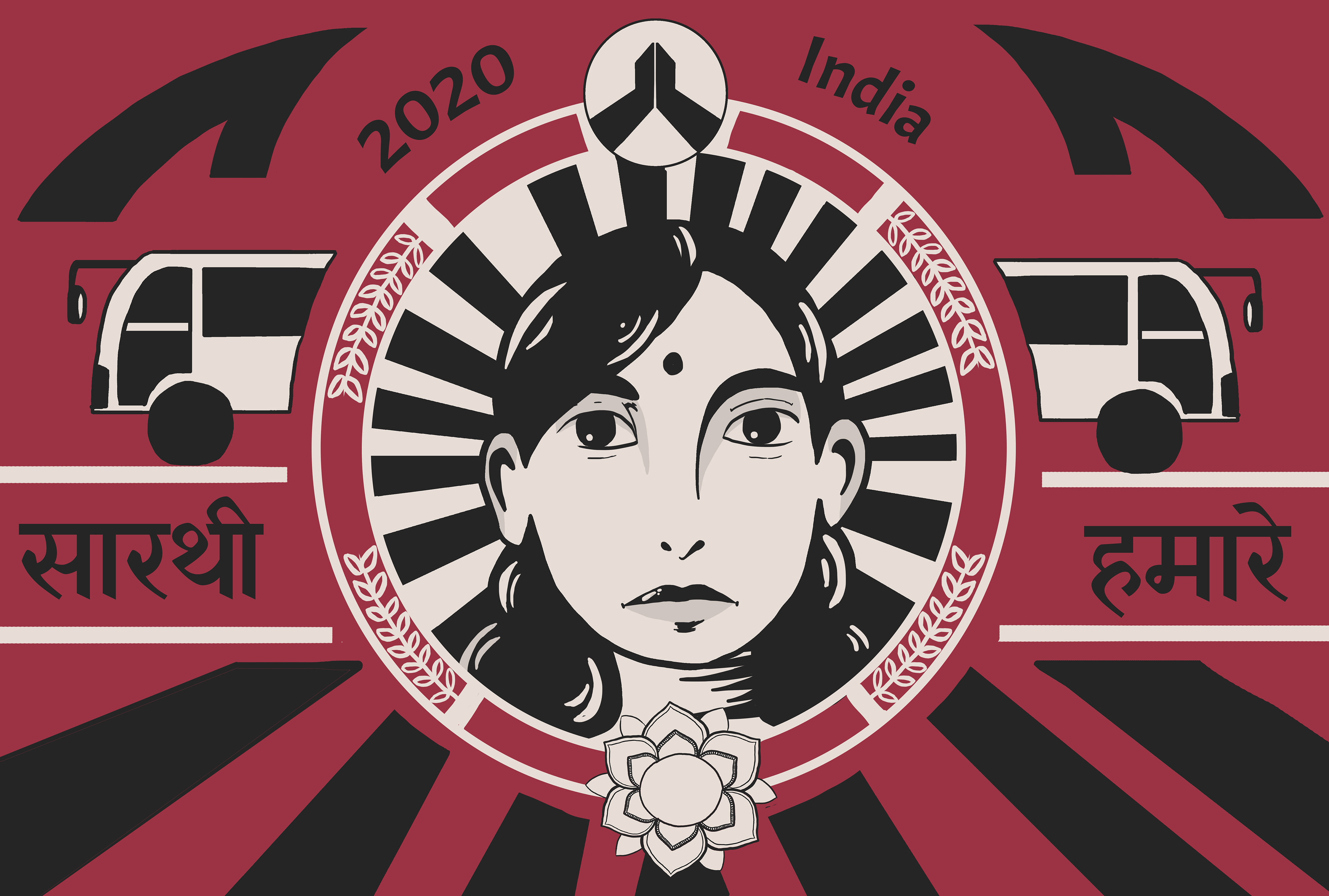

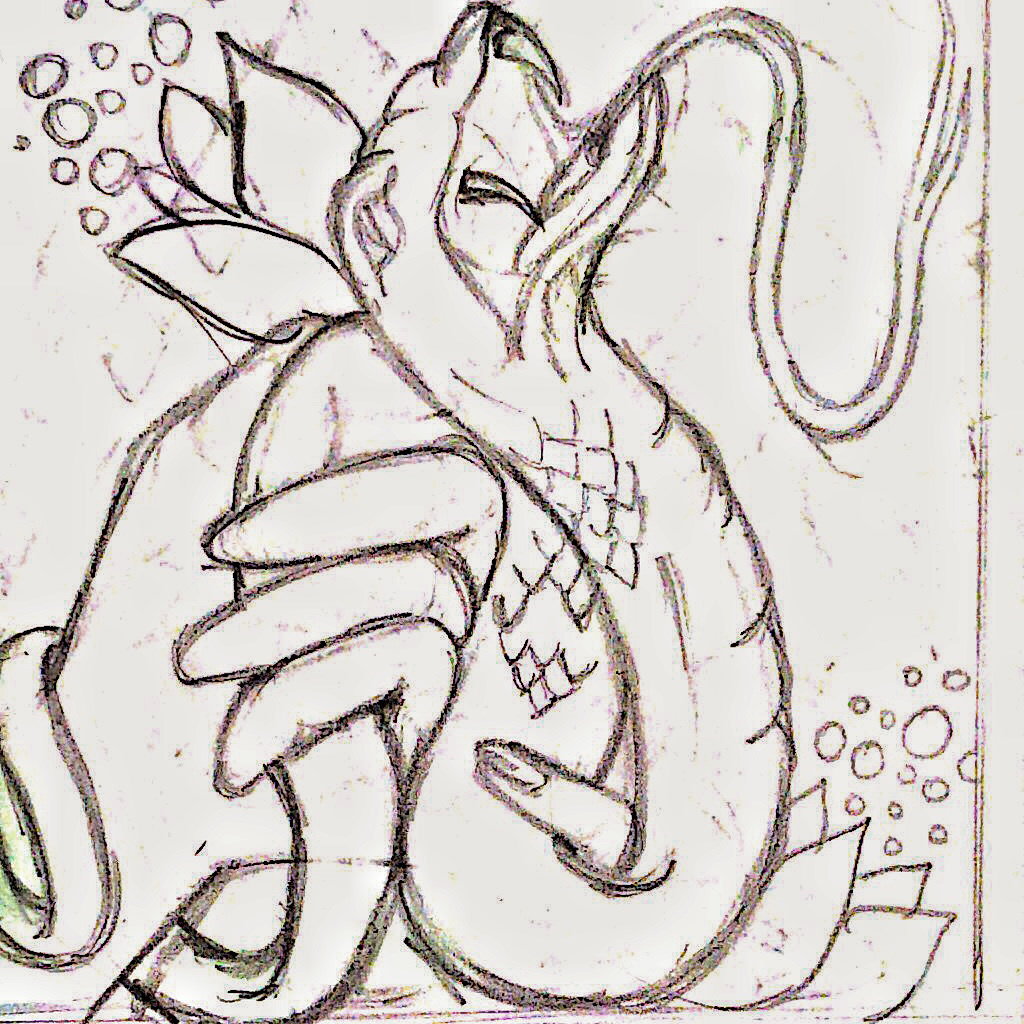

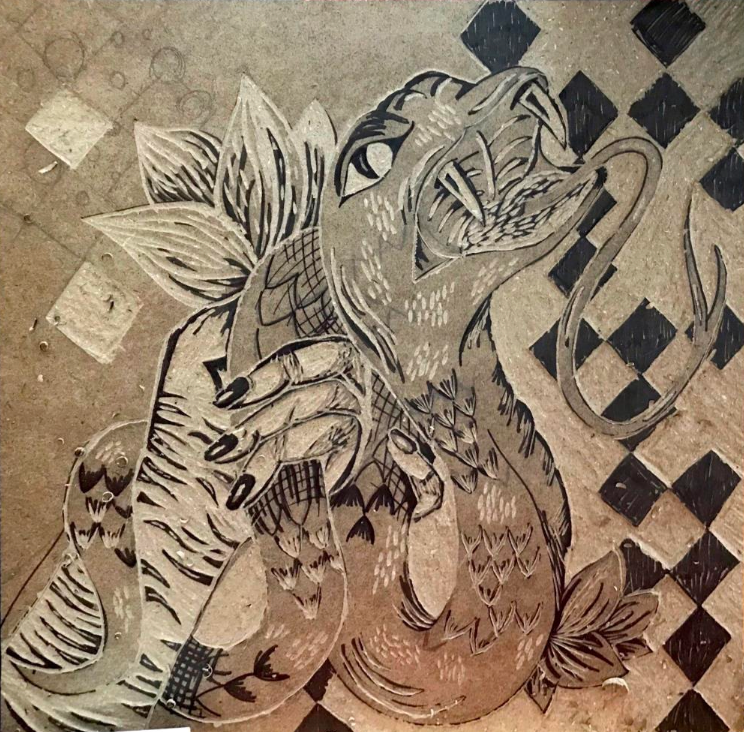
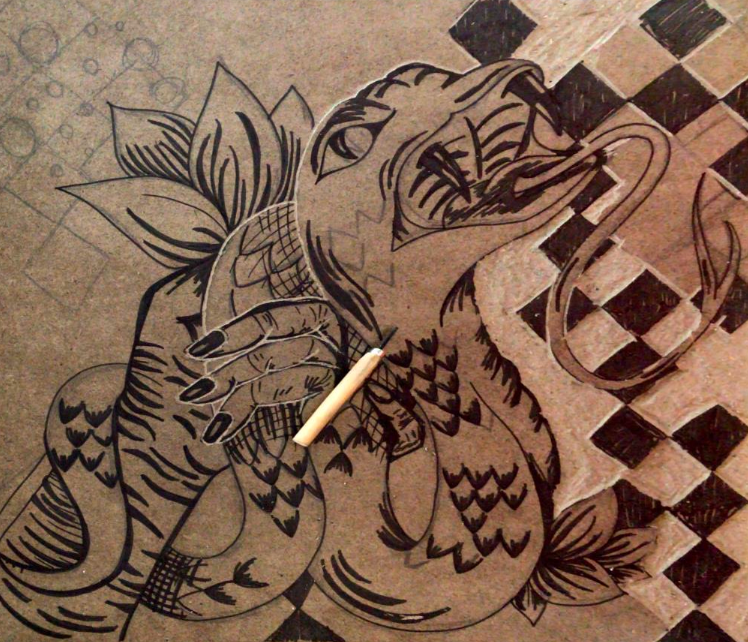
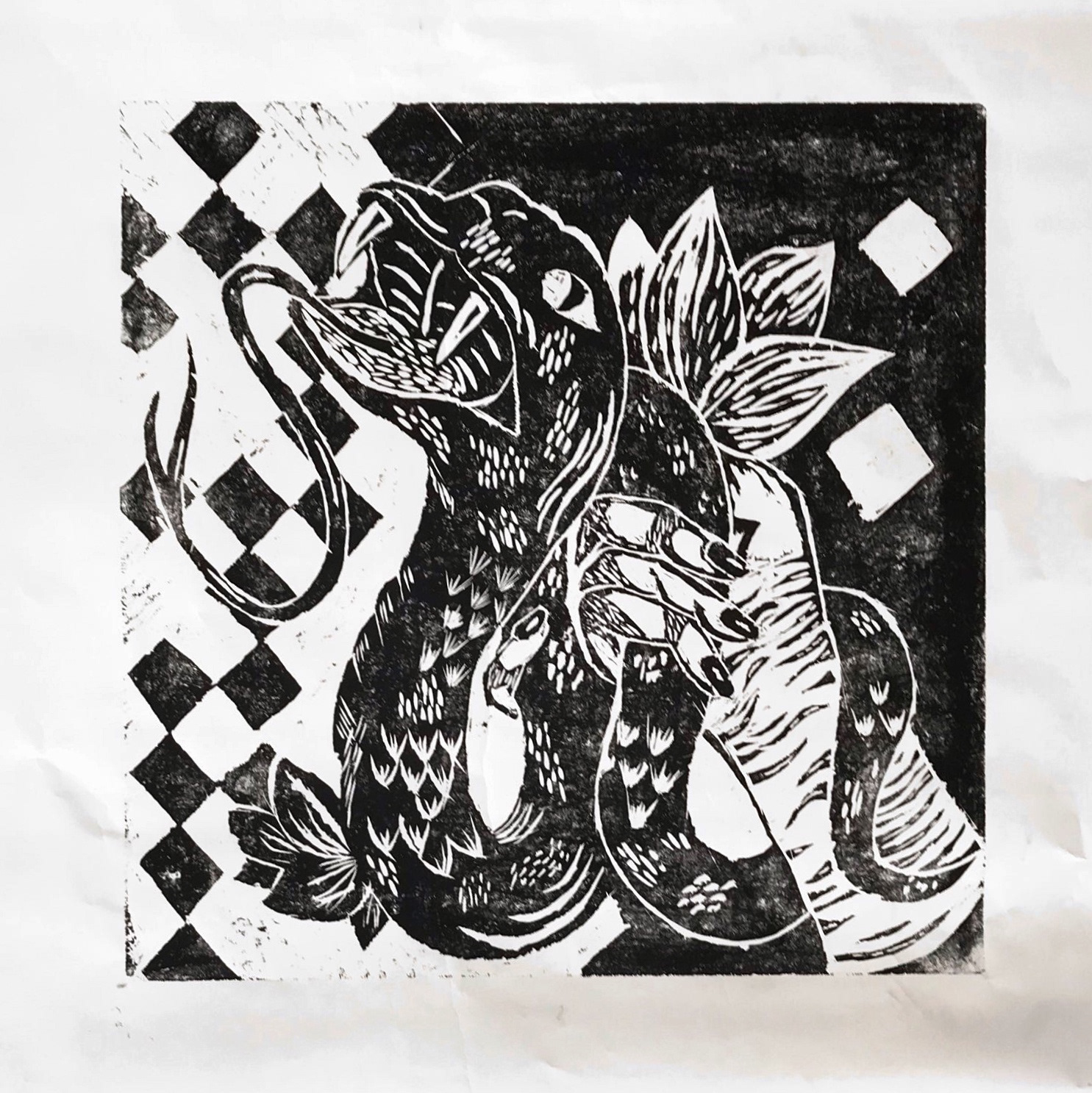
Woodcut Printing
Learning woodcut printing is a skill I'll always cherish. I still keep in touch with that method of illustration because the textures it produces are unmatched by digital means. Despite its seemingly straightforward process, the real magic lies in the planning and workshop sessions that shape an artwork born from woodcut prints. As an illustrator, I'll forever have a soft spot for them.
The following illustration is based on the book "A Flowering Tree," a tale of two women driven apart by jealousy—a theme all too familiar in our society, driven by human nature. We often let envy cloud our judgement and take actions that harm ourselves. That's why I depicted a woman holding a dangerous, venomous snake in the artwork. It symbolises how we knowingly engage with envy, despite knowing it can bite us back.
The following illustration is based on the book "A Flowering Tree," a tale of two women driven apart by jealousy—a theme all too familiar in our society, driven by human nature. We often let envy cloud our judgement and take actions that harm ourselves. That's why I depicted a woman holding a dangerous, venomous snake in the artwork. It symbolises how we knowingly engage with envy, despite knowing it can bite us back.
Fevikwik ad.
I really connect with ads that are straightforward and add a bit of humour. After looking into this type of advertising, I decided to take a shot at one of my favourite brand campaigns by FeviKwik, but in illustrated form instead of their usual video ads. Illustrations work great on social media, where they catch attention quickly and get lots of engagement.
My ad idea revolves around a common superstition in India: the belief that hanging a lemon and chilli in your car brings good luck and wards off bad omens. To play on this, I focused on the idea that a broken mirror is considered extremely unlucky. That’s where my concept took shape.
The illustration shows a car's rear view mirror cracked. The lemon, chilli, and a chanting mala (rosary) represent someone who is clearly superstitious. FeviKwik comes in to fix the mirror and remove even the smallest bit of bad luck. The tagline says it all: “नज़र से भी बचाए” which means “(fevikwik) can save you from bad luck”.
My ad idea revolves around a common superstition in India: the belief that hanging a lemon and chilli in your car brings good luck and wards off bad omens. To play on this, I focused on the idea that a broken mirror is considered extremely unlucky. That’s where my concept took shape.
The illustration shows a car's rear view mirror cracked. The lemon, chilli, and a chanting mala (rosary) represent someone who is clearly superstitious. FeviKwik comes in to fix the mirror and remove even the smallest bit of bad luck. The tagline says it all: “नज़र से भी बचाए” which means “(fevikwik) can save you from bad luck”.
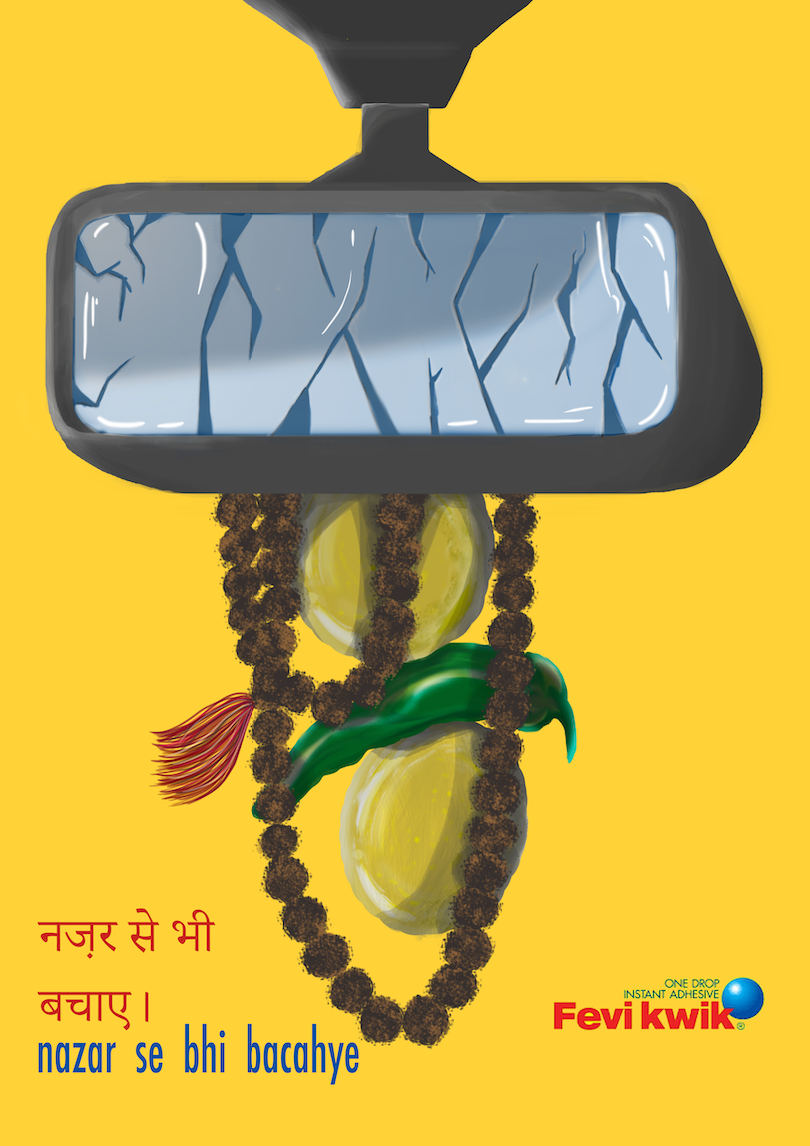
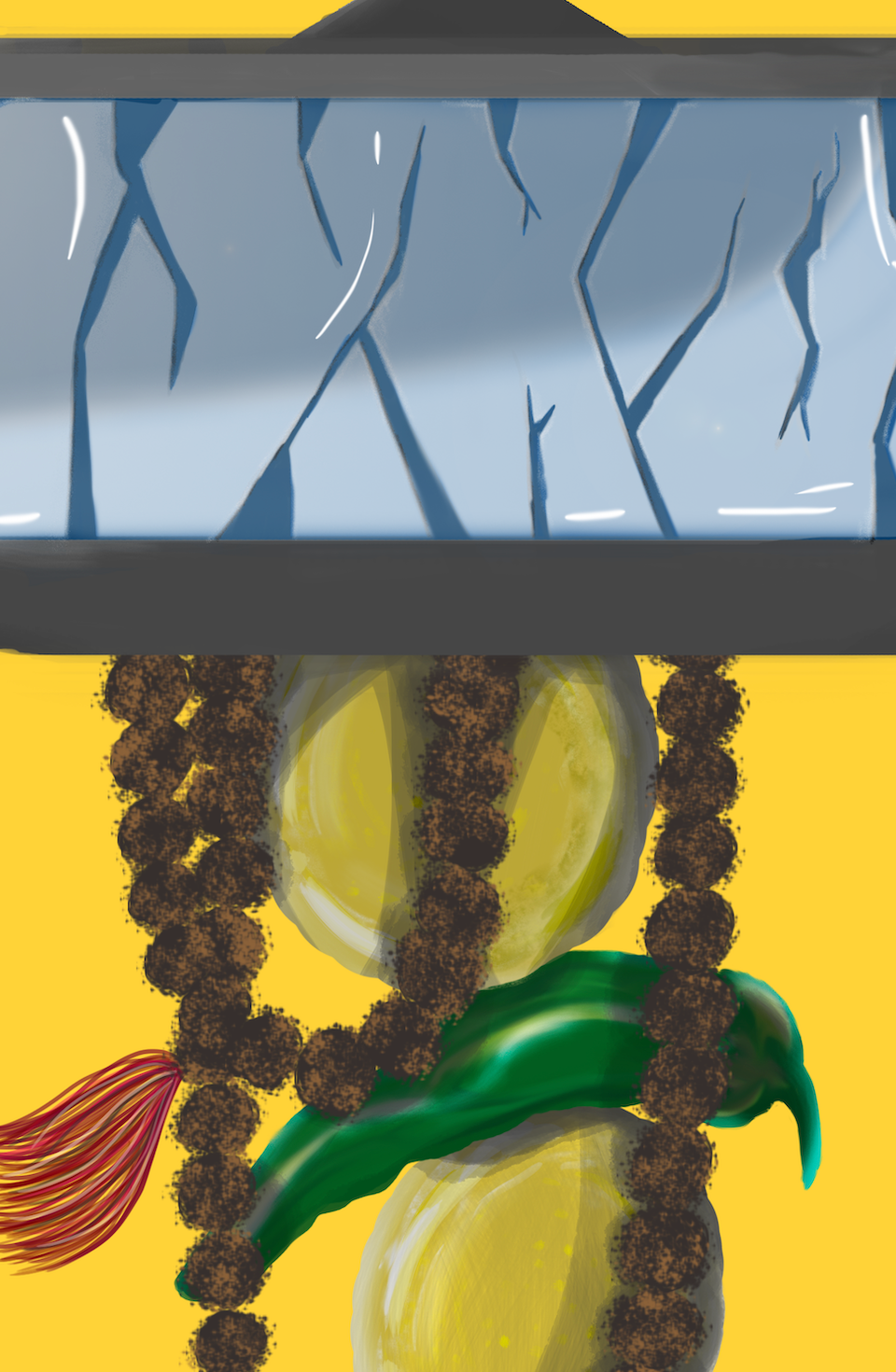


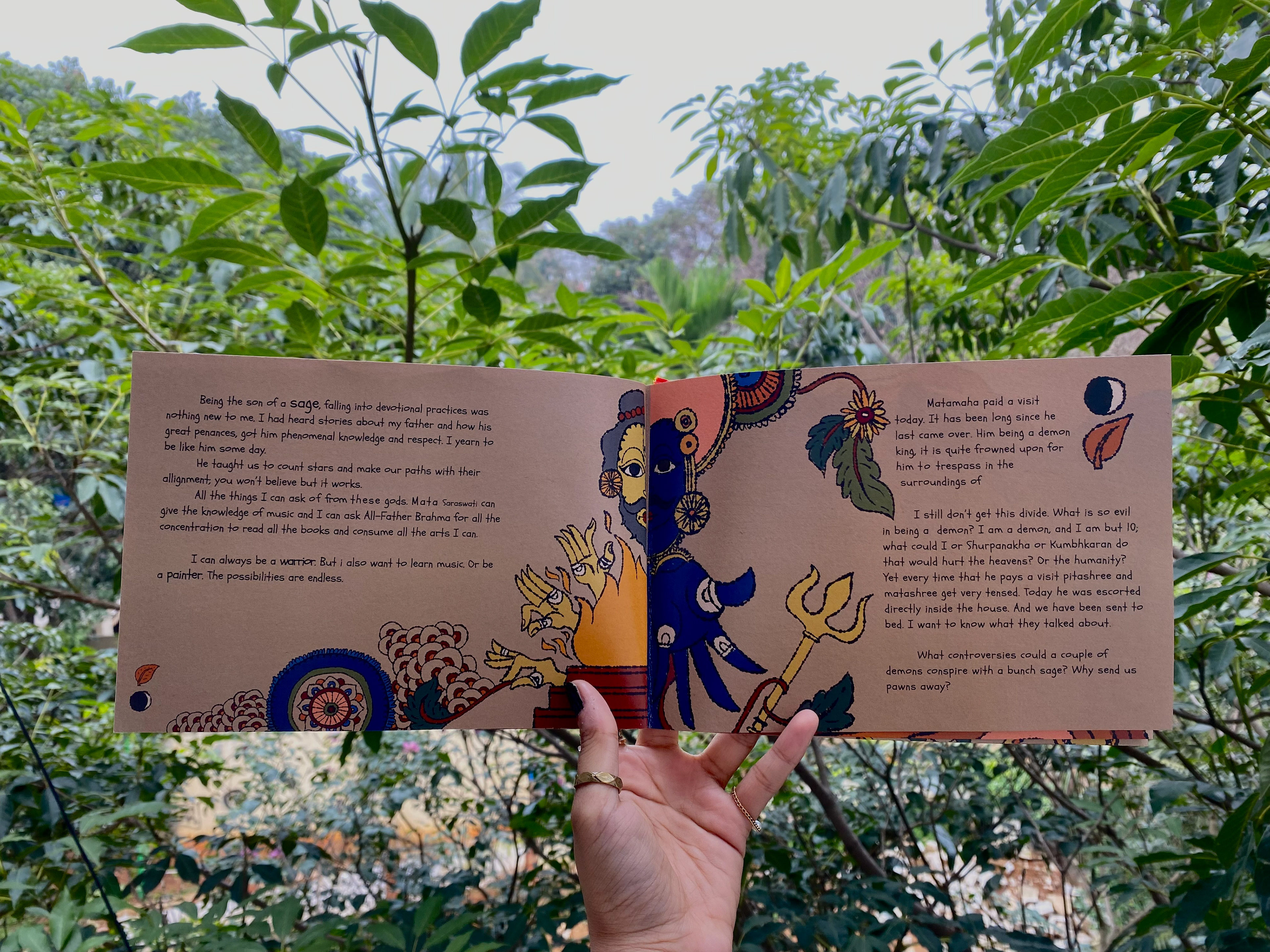
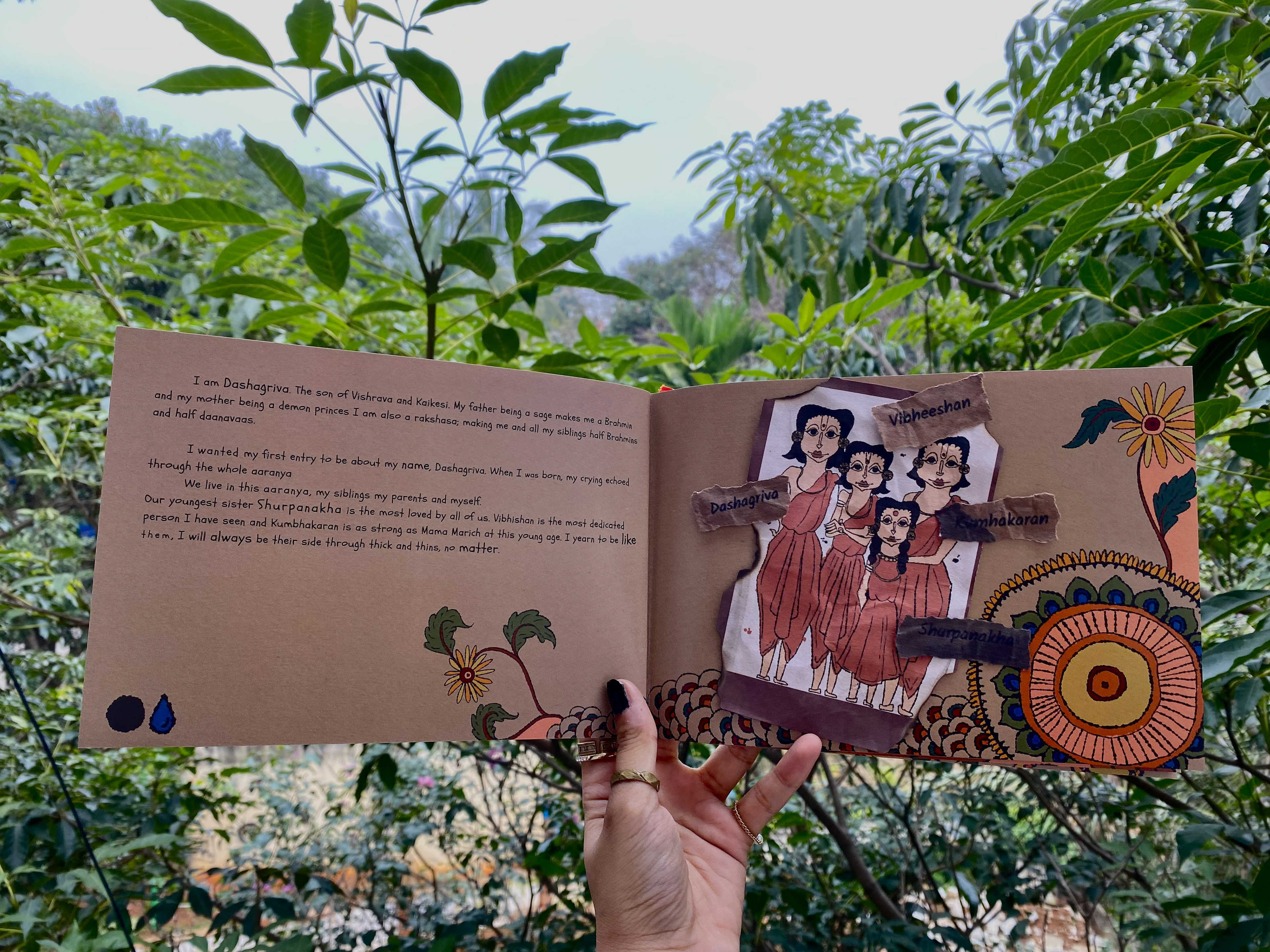

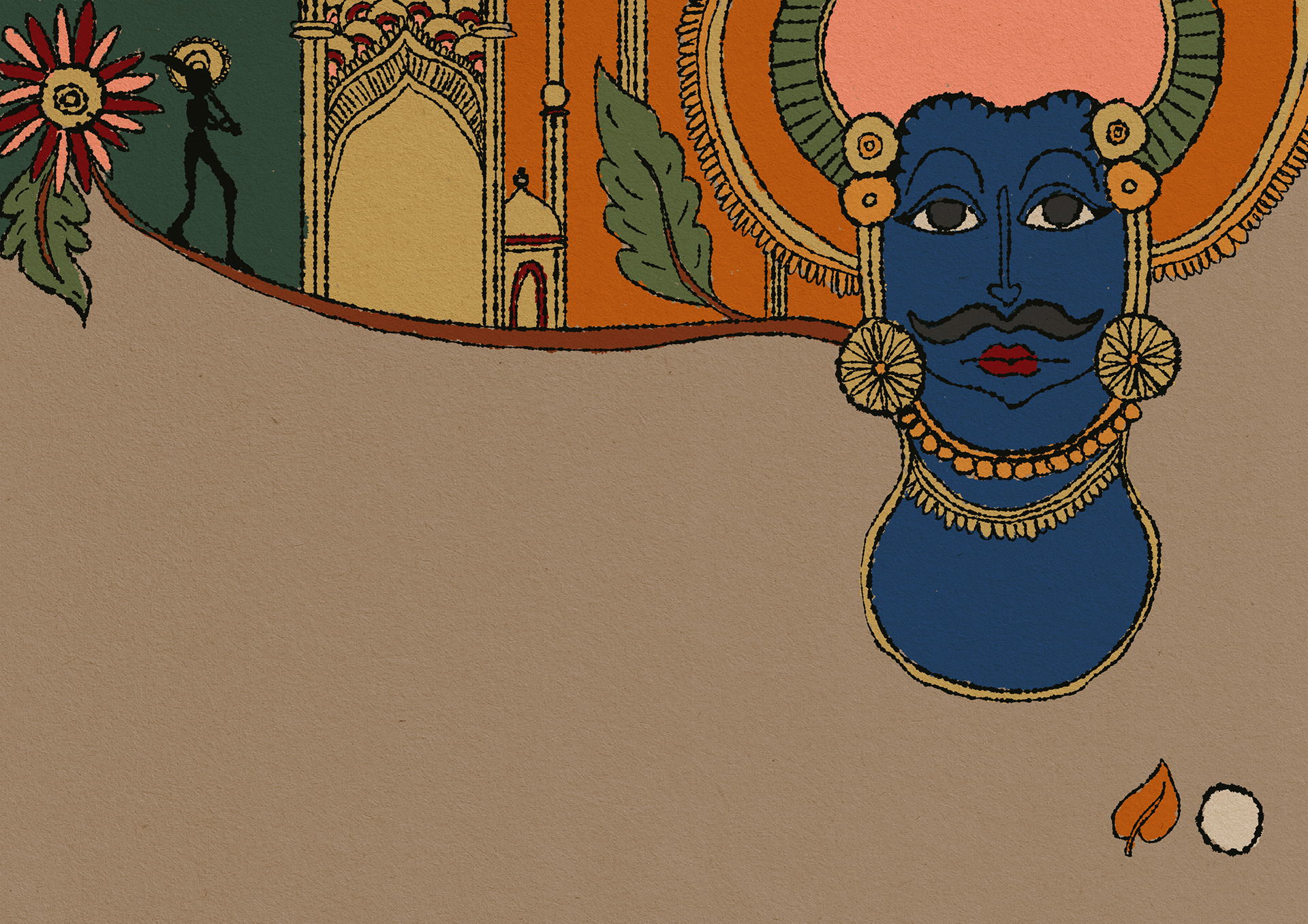
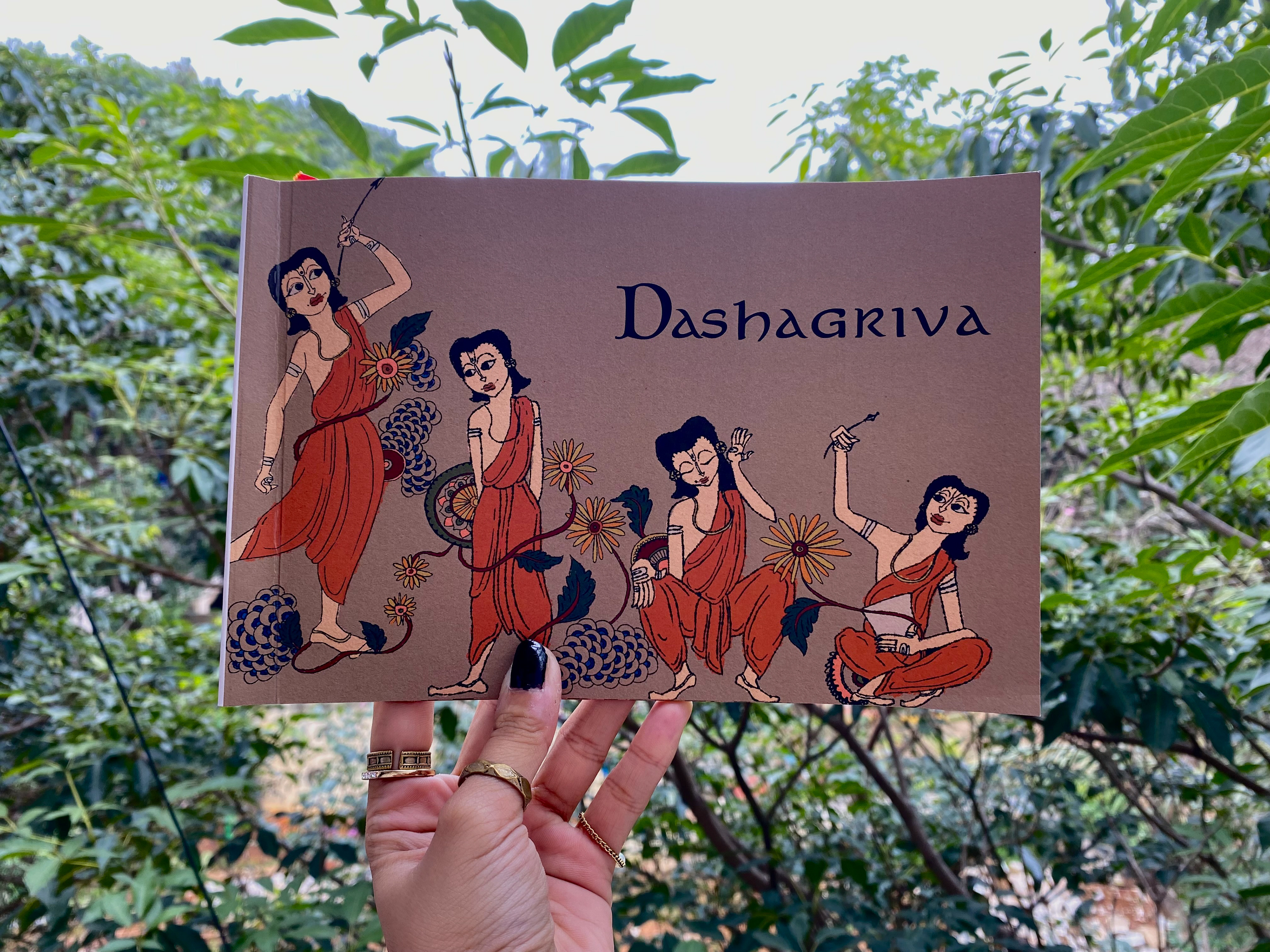
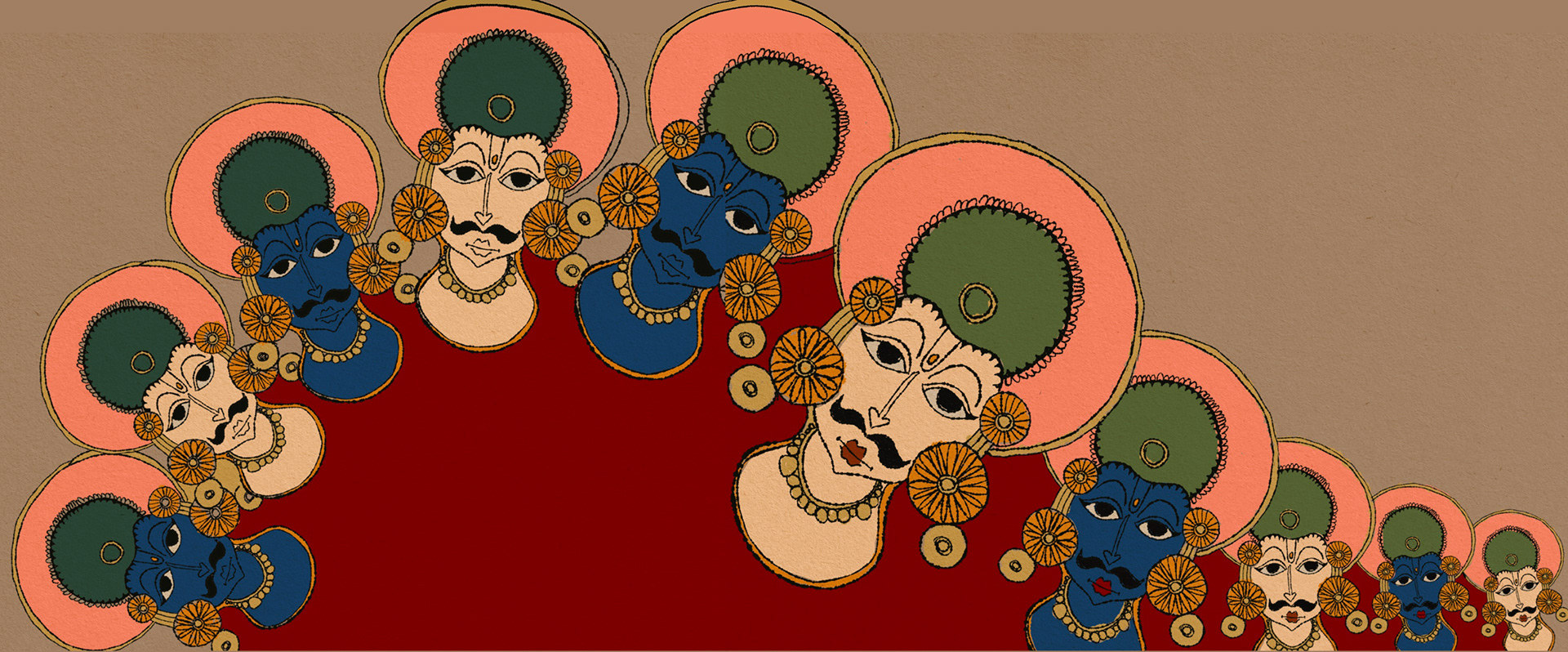
INDIAN MYTHOLOGICAL VILLAINS
My pre-thesis project explored the reinterpretation of Indian mythological narratives, focusing on offering alternative perspectives to traditional tales. I was particularly drawn to characters often labeled as “villains,” such as Ravana, and sought to examine their complexities beyond the conventional good-versus-evil framework. The project aimed to challenge the dominance of singular narratives and encourage young readers to engage with mythology in a more nuanced, empathetic way.
This idea stemmed from an interest in how cultural stories evolve over time - how oral traditions, reinterpretations, and regional variations shape what we perceive as truth. I wanted to uncover the layers behind these mythological figures and present them as multidimensional beings with relatable emotions, motives, and contradictions. Structurally, the book was conceived as a daily journal, inspired by formats like Dork Diaries or Diary of a Wimpy Kid, allowing mythological stories to unfold in a personal, accessible, and engaging voice.
The outcome was a prototype for a young adult book developed in collaboration with local Indian artisans, integrating their traditional art forms into the storytelling. If expanded further, the project would have explored additional mythological figures and incorporated diverse Indian art styles such as Madhubani, Pattachitra, Gond, Kalamkari, and Warli, weaving visual and narrative traditions together to celebrate India’s cultural richness.
CHARCOAL ILLUSTRATION
This charcoal painting was inspired by a doha by Sant Kabir, in which a swan symbolizes the inner self and the poet urges reflection on what binds us to material life. In my artwork, the lady represented humankind, the swan symbolized beauty and fragility, the flowers suggested life’s mortality, and the ocean conveyed infinite continuity.
I began by digitally conceptualizing the composition in Photoshop using collaged references. Working with charcoal for the first time was both challenging and fascinating—the medium demanded patience, precision, and control over light and shadow. As I learned to navigate its complexities, I began to truly enjoy the process. What started as a technical exercise soon became a deeply fulfilling experience and one of the projects I loved working on the most.


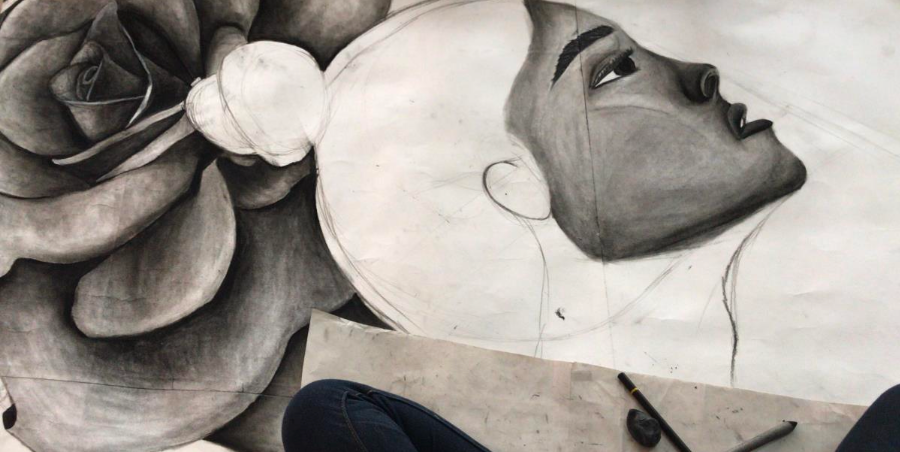
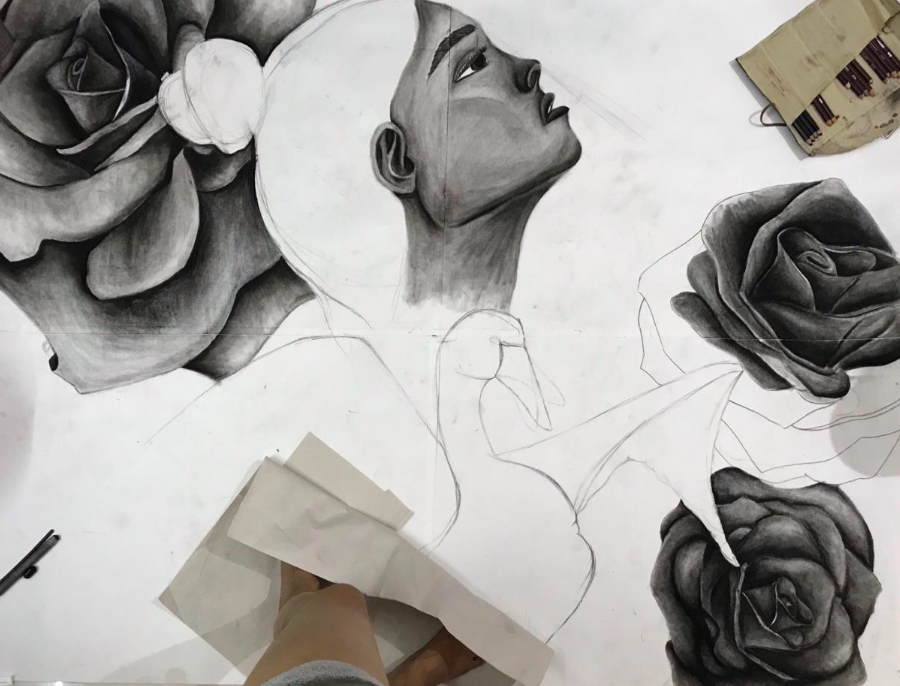
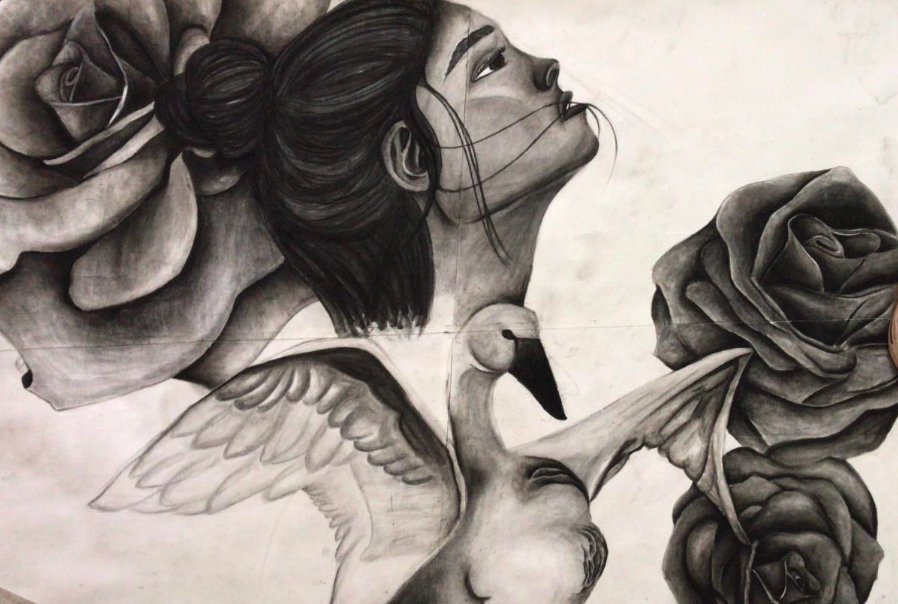
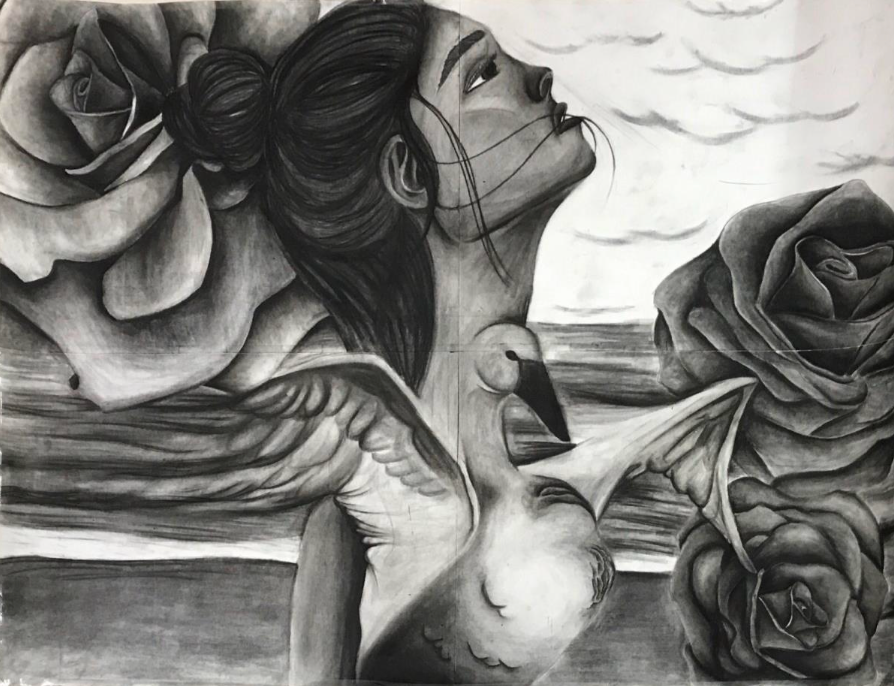
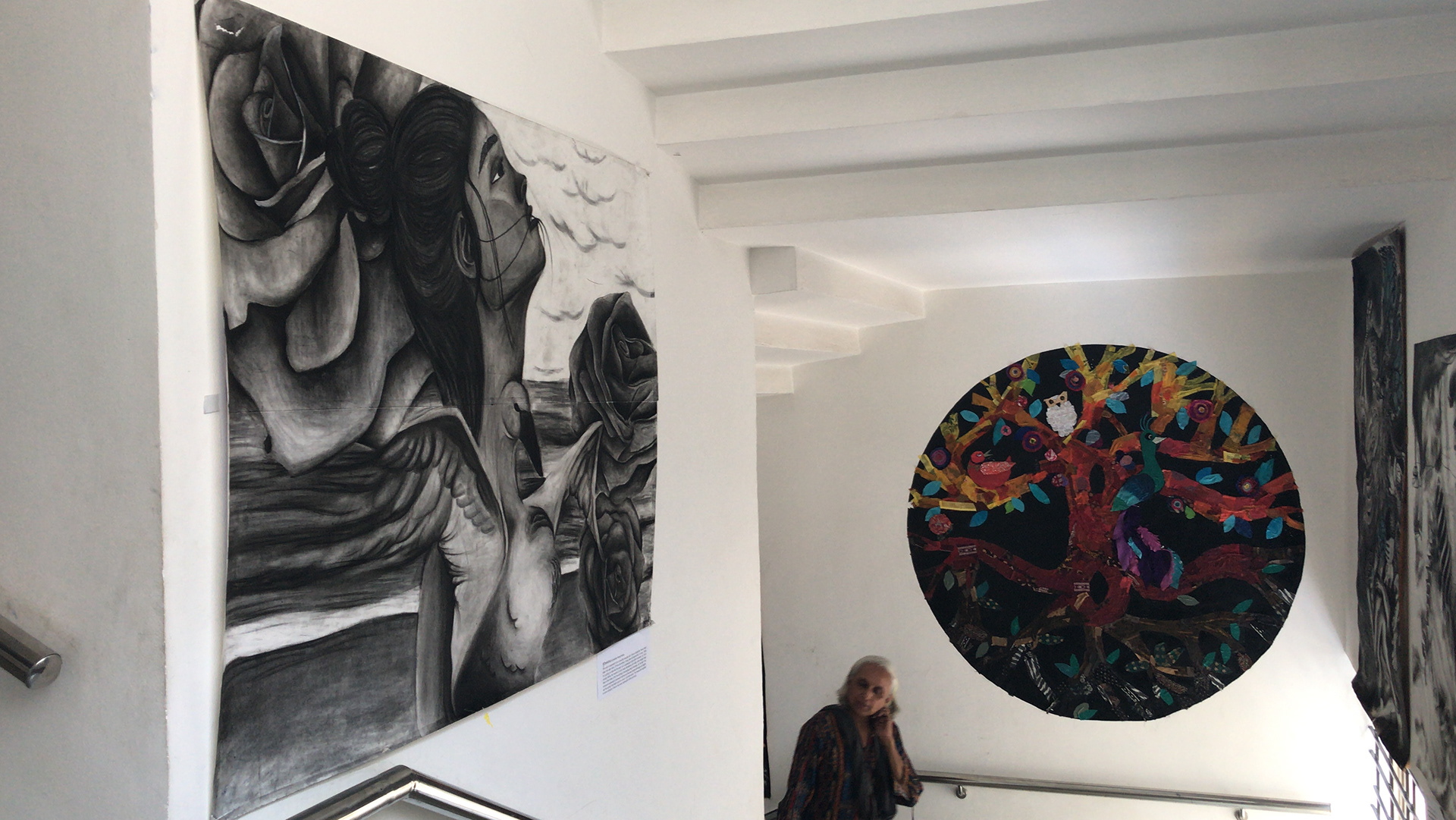
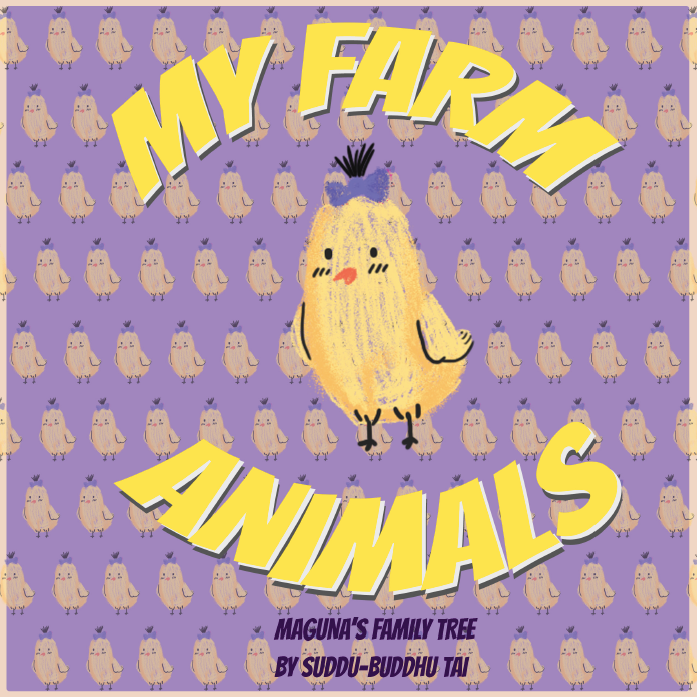

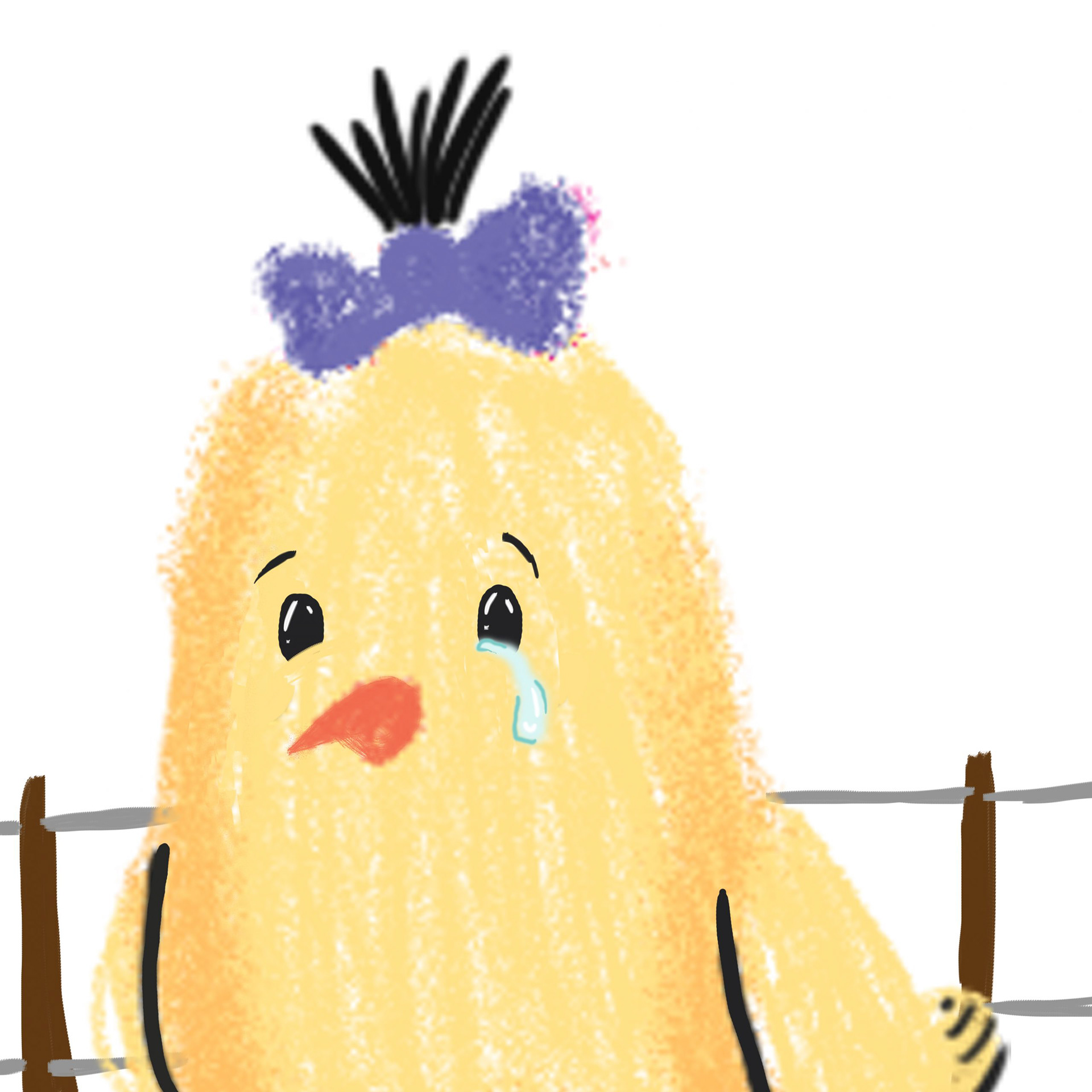
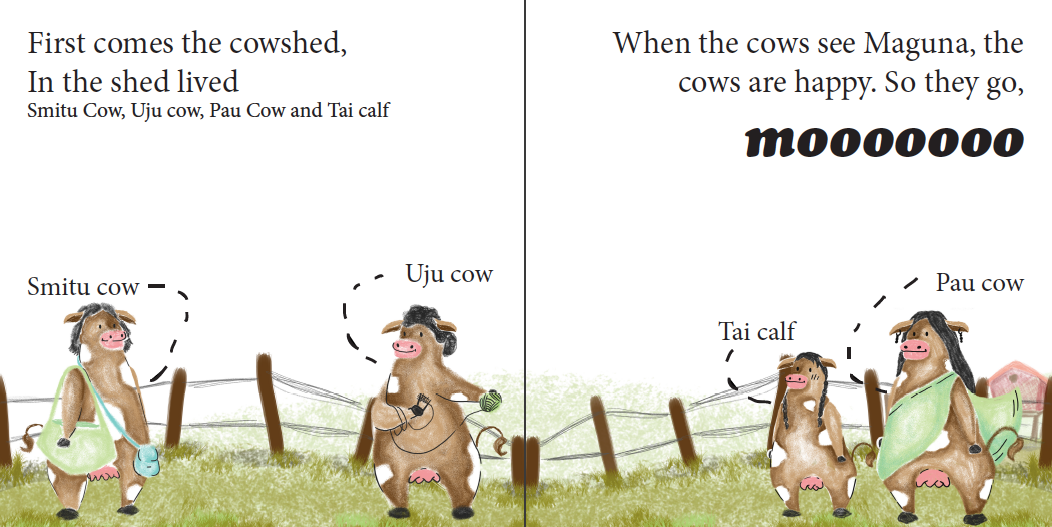
TODDLER STORY BOOK
While still in school, I began experimenting with ways to combine creativity and practicality - trying to find small economic avenues through my design ideas. The project started quite simply, as a personal gift for my baby cousin. I wanted to create something unique and meaningful.
This led me to design customizable books for toddlers, where the animal characters resembled the family members of the child at the center of the story. The idea was to help young children learn about family relationships while also exploring animals, their sounds, and habitats in a playful way. It felt especially relevant for kids growing up in nuclear families, where parents often look for ways to maintain a connection to extended relatives.
The first version revolved around farm animals, but I later expanded it to include aquatic and jungle themes.